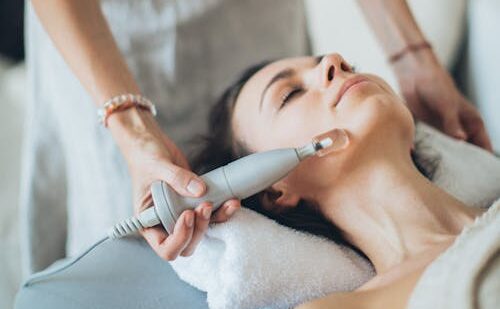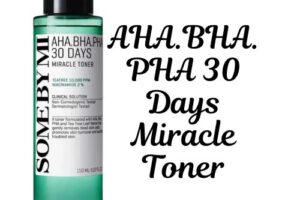How to Care for Skin After Laser Treatments
After a laser treatment, your skin needs a little extra care to heal properly and look its best. Whether you’re recovering from a facial resurfacing or other laser treatments, following a few simple steps can make all the difference. From wearing loose clothing to avoid irritation to protecting your skin from the sun, these tips will help keep your skin calm, comfortable, and on its way to a glowing recovery. Let’s dive into the best post-laser skin care tips to ensure your skin heals quickly and beautifully!
1.Wear Loose Clothing
After a treatment, your skin can feel tender and sensitive, making it important to avoid irritation. Choose loose, breathable clothing made from soft fabrics like cotton. Tight or rough materials can rub against treated areas, causing discomfort or slowing the healing process. This is especially important for sensitive zones or larger treatment areas, as it ensures your skin has the space to recover without added pressure or friction. Comfort is key to supporting the healing process!
2.Use Soothing Creams or Hydrating Ointments
Apply a doctor-approved recovery cream or gentle moisturizer, such as petroleum jelly, to keep your skin hydrated and shield it from irritation. These products help calm redness and promote faster skin regeneration after your laser treatment.
3.Avoid Heat
Your sensitive skin to heat is essential to steer clear of hot baths, showers, exercise, saunas, or spas for the first 24–48 hours. Excessive heat can increase redness, irritation, and even promote bacterial growth in treated areas. Instead, opt for cool showers to calm and soothe your skin. This simple step helps reduce inflammation and supports quicker recovery, keeping your skin comfortable and protected.
4.Stay Away from Sunlight
Limit direct sunlight exposure for at least two weeks before and after your laser procedure. Your skin will be more vulnerable during this time, so protecting it is key. Shield yourself with broad-spectrum sunscreen (SPF 30 or higher), wear protective gear like hats, and carry an umbrella when outdoors. This reduces the risk of sun damage and ensures your skin heals without complications.
5.Cleanse with Care
Wash the treated area using lukewarm water and a gentle, fragrance-free cleanser to keep the skin clean without irritation. Steer clear of scrubbing or applying strong products like retinol or glycolic acid for at least seven days to allow the skin to heal properly.
6.Hands Off Your Skin
Keep your hands away from the treated area unless they are thoroughly cleaned to avoid introducing bacteria and causing infections. Resist the temptation to pick at scabs, peeling skin, or blisters, as doing so can increase the risk of scarring and prolong the healing process.
7.Skip the Makeup
Hold off on using makeup for 2–3 weeks or until your dermatologist gives the green light. If you’re using healing ointments, consult your doctor before layering makeup on top to ensure it won’t interfere with the recovery process.
8.Choose the Right Sunscreen
Make sure to apply a broad-spectrum sunscreen recommended by your dermatologist regularly, especially on the treated areas. This will shield your healing skin from harmful UV rays, preventing further damage and helping it recover more effectively. Be diligent with reapplication, particularly when outdoors.
9.Apply Cold Compresses
For the first 24–48 hours following your treatment, try using a cold compress for 15 minutes every couple of hours. This can help reduce swelling and redness, providing your skin with a soothing, cooling effect.
10.Elevate Your Head While Sleeping
To minimize facial swelling during the first few days of recovery, prop your head up with extra pillows while sleeping. Try to keep your head elevated above heart level to help reduce puffiness and promote better healing.














Post Comment